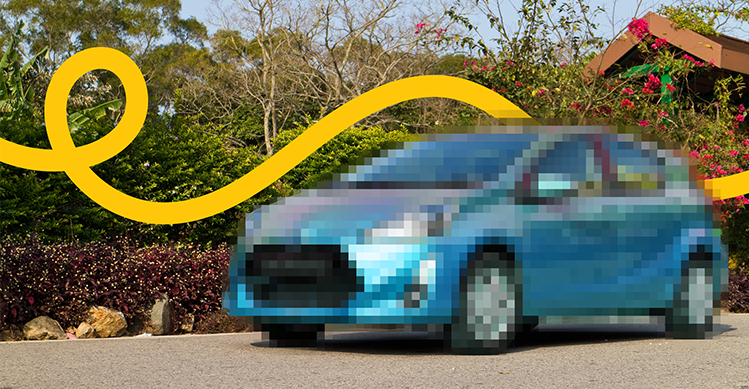As parents, our children's safety is our top priority, especially when it comes to traveling in a vehicle. For new parents it can be a daunting task making the right decisions and choices around child car seat restraints. In New Zealand, child car seat regulations are in place to ensure our little ones are protected during every journey. We've pulled together some general information around the key stages as well as links to expert guides about New Zealand's child car seat requirements, to help you make informed choices and keep your precious cargo safe.
Car accidents can happen in the blink of an eye, and unfortunately, children are more vulnerable to injuries during crashes. Child car seats provide essential protection by significantly reducing the risk of injury, so it pays to be informed about child restraint requirements.
In New Zealand all children under seven years of age must use an approved child restraint appropriate for their age and size. Child car seats can be categorised into three stages based on a child's age, height and weight:
Stage 1 – rear-facing seats
Stage 2 – forward-facing seats
Stage 3 – booster seats
Waka Kotahi provides a useful summary of the requirements in New Zealand and explains what to consider when buying and installing a child car seat. You can check out their guide here Child Restraints save lives.
Your child's car seat must also meet an approved safety standard in its design and construction. All approved car seats will display a standard mark on the label. Look for the "tick mark" or "Standards Mark" or "S" mark on the label. The "tick mark" indicates that the seat complies with the joint Australia/New Zealand safety standard (AS/NZS 1754) that sets the safety standard requirements for child restraints. Check your child's car seat has one of the approved safety standard markings required to meet the regulations. It's also best to avoid second-hand seats where possible, unless you have it checked out by a child restraint technician, can verify the history and ensure it hasn't been involved in an accident.
Even with the right child car seat, its effectiveness depends on proper installation and usage. It's important to read the manual and follow manufacturer's instructions for installing the seat correctly. You can also refer to Waka Kotahi's guides, or ask a child restraint technician for advice - visit www.nzta.govt.nz/child-restraint-technicians to find a technician in your local area.
As parents, we cherish every moment spent with our children and want to keep them safe from harm. Understanding New Zealand's child car seat rules is an essential step in ensuring safety during travel. Remember, using the appropriate child car seat and installing it correctly can save lives and protect our most precious cargo on the roads. Let's make safety on our roads a priority, and together, we can create a safe environment for our tamariki, one car seat at a time.
Once you have all the information you need to make sure the kids are ready for their next trip; it might be time to check the car is sorted too. Visit our car insurance page to get AMI Car Insurance with roadside rescue - protecting your car through whatever life brings.
For expert guidance on child car seat safety check out Waka Kotahi's resources:
This article is intended to provide general information only, and should not be substituted for any legal, financial, or other professional advice. The information in this article is generally sourced from third-party websites and IAG New Zealand Limited does not guarantee or accept any liability for the accuracy of that information. Any references to third party websites in this article are not intended to constitute a recommendation or any endorsement by IAG New Zealand Limited.


